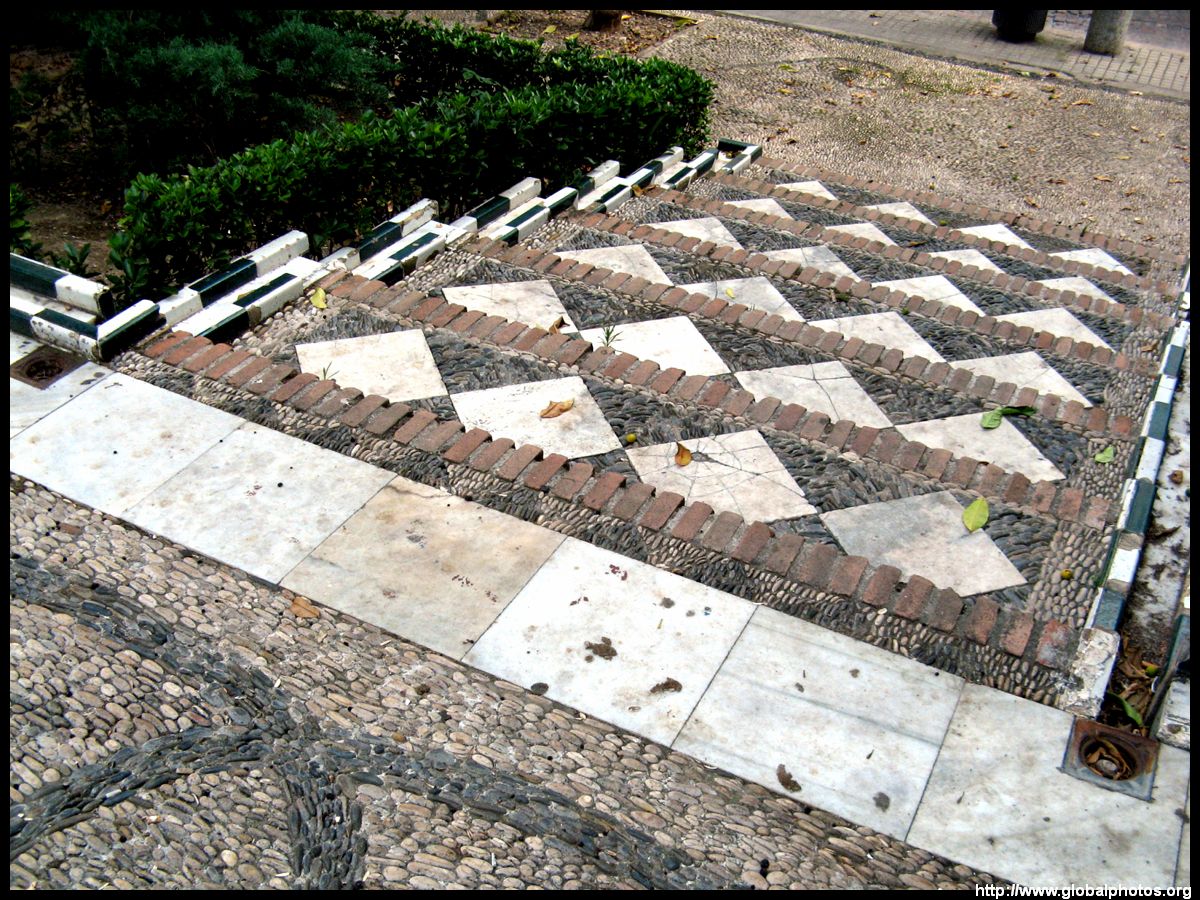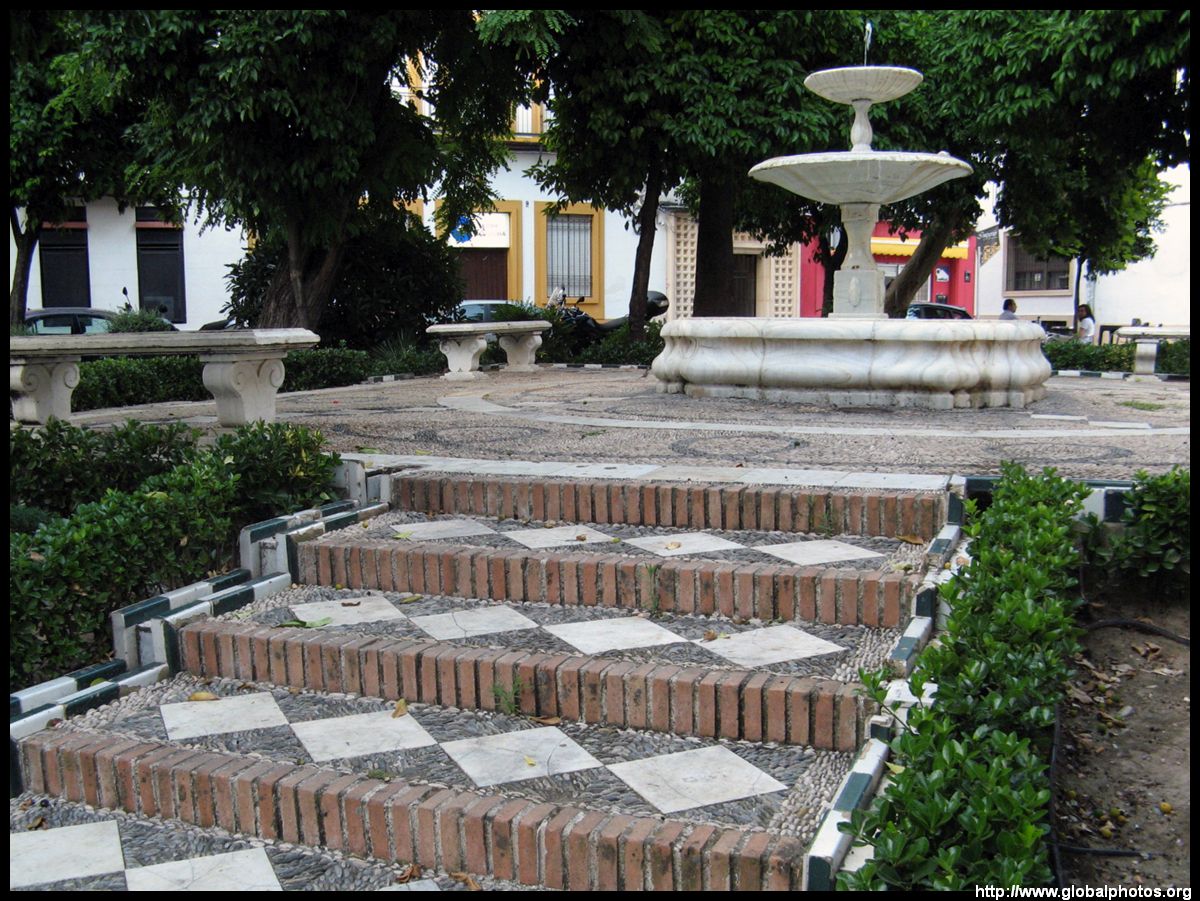Plaza de las Tendillas is Cordoba's main square and what you see today was built in the 1920s. Surrounded by monumental architecture, the restaurant tables and fountains add to the lively atmosphere.


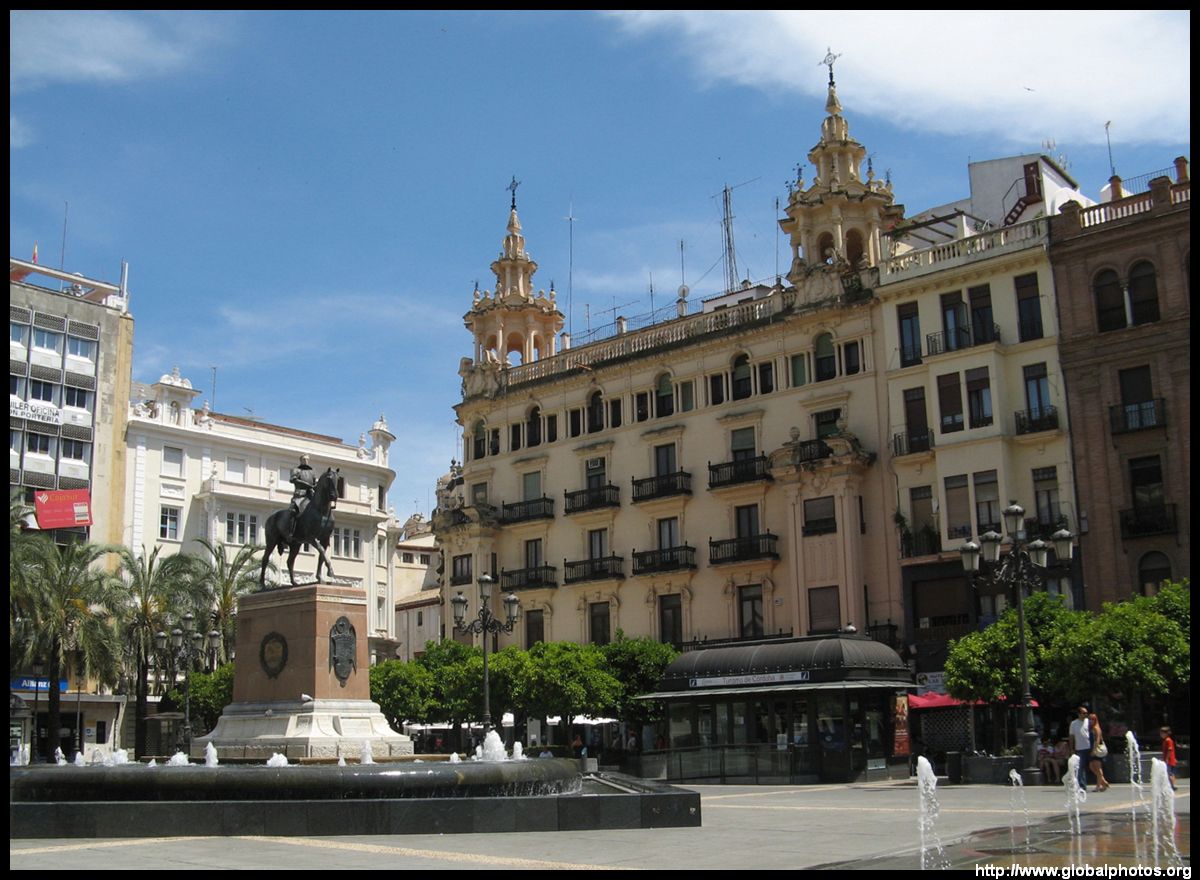
Alminar de San Juan dates from the 10th century is a remarkably well-preserved Muslim minaret. The mosque has been demolished but there is now a Christian church here.
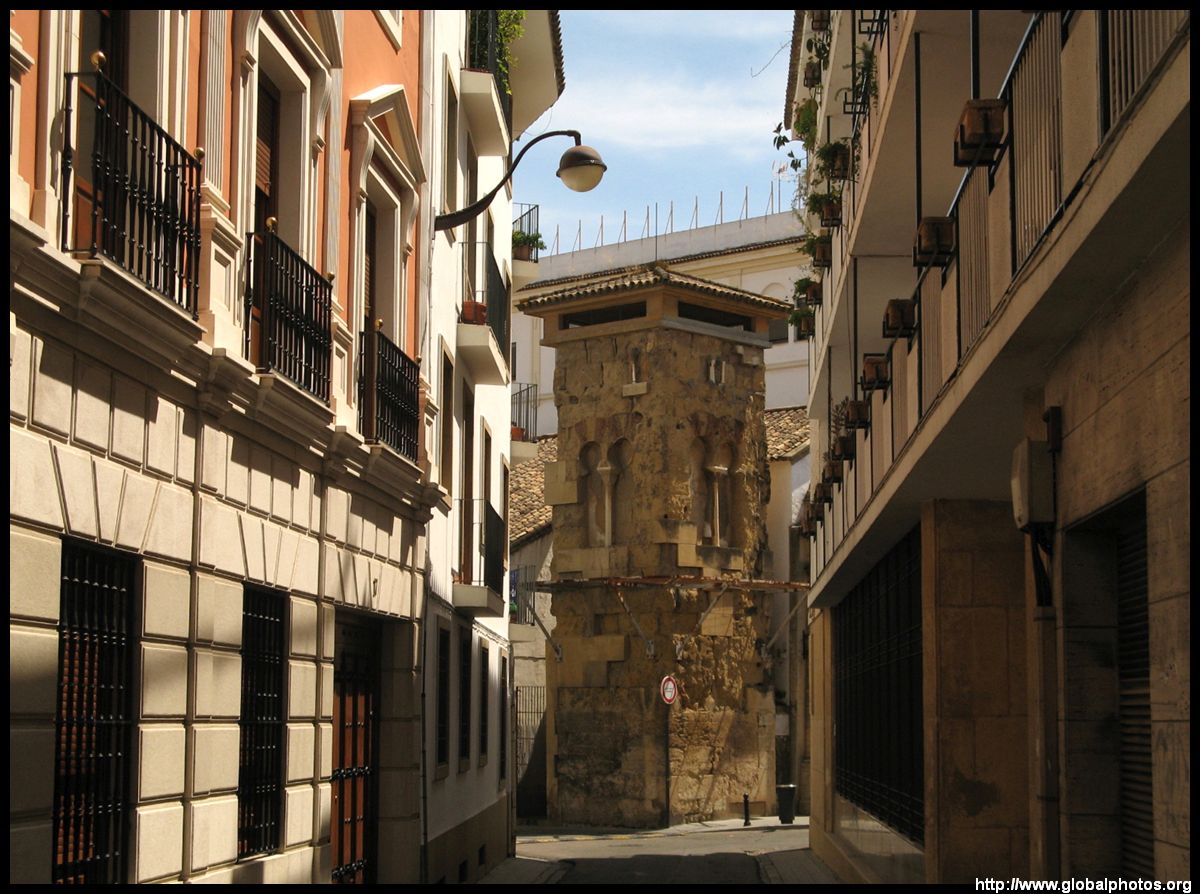
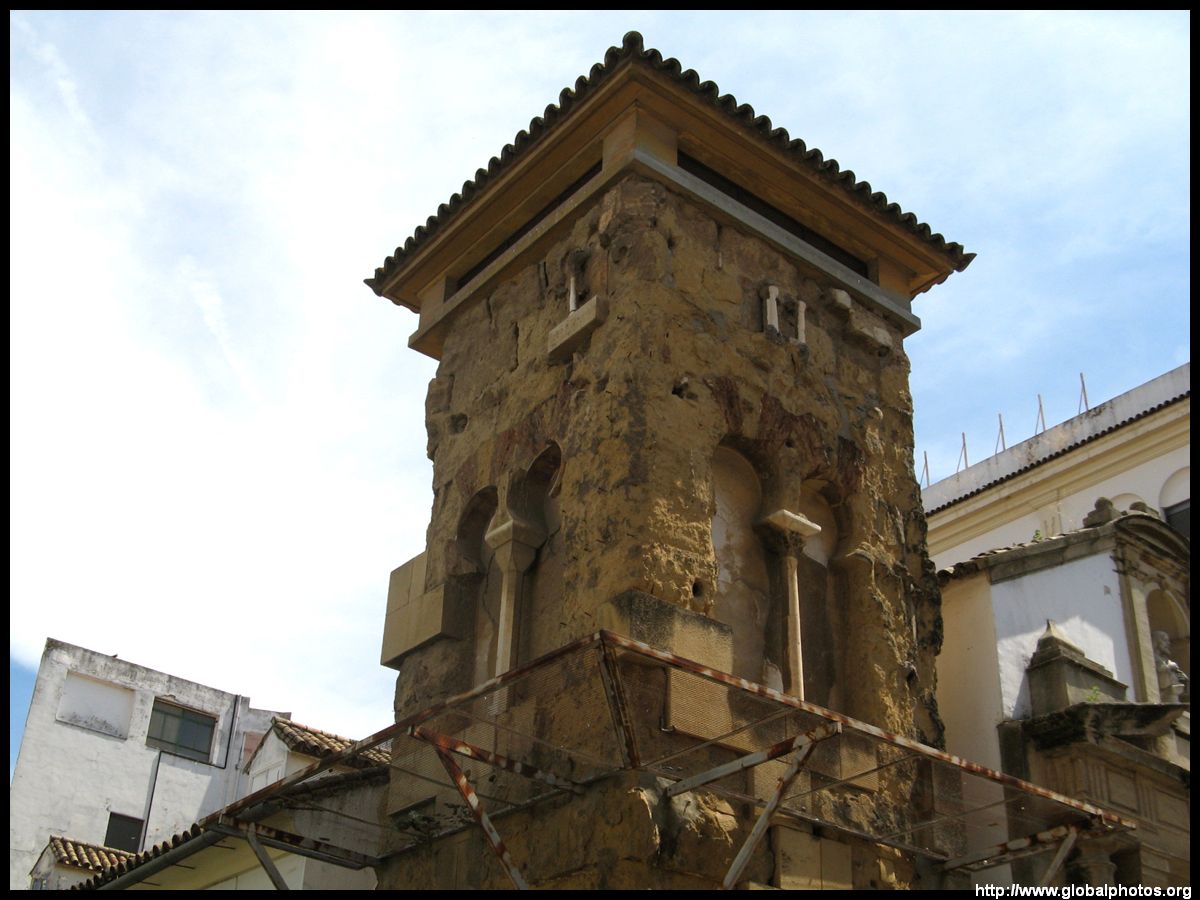
Like other small historic towns, a random walk around the streets yields good surprises.
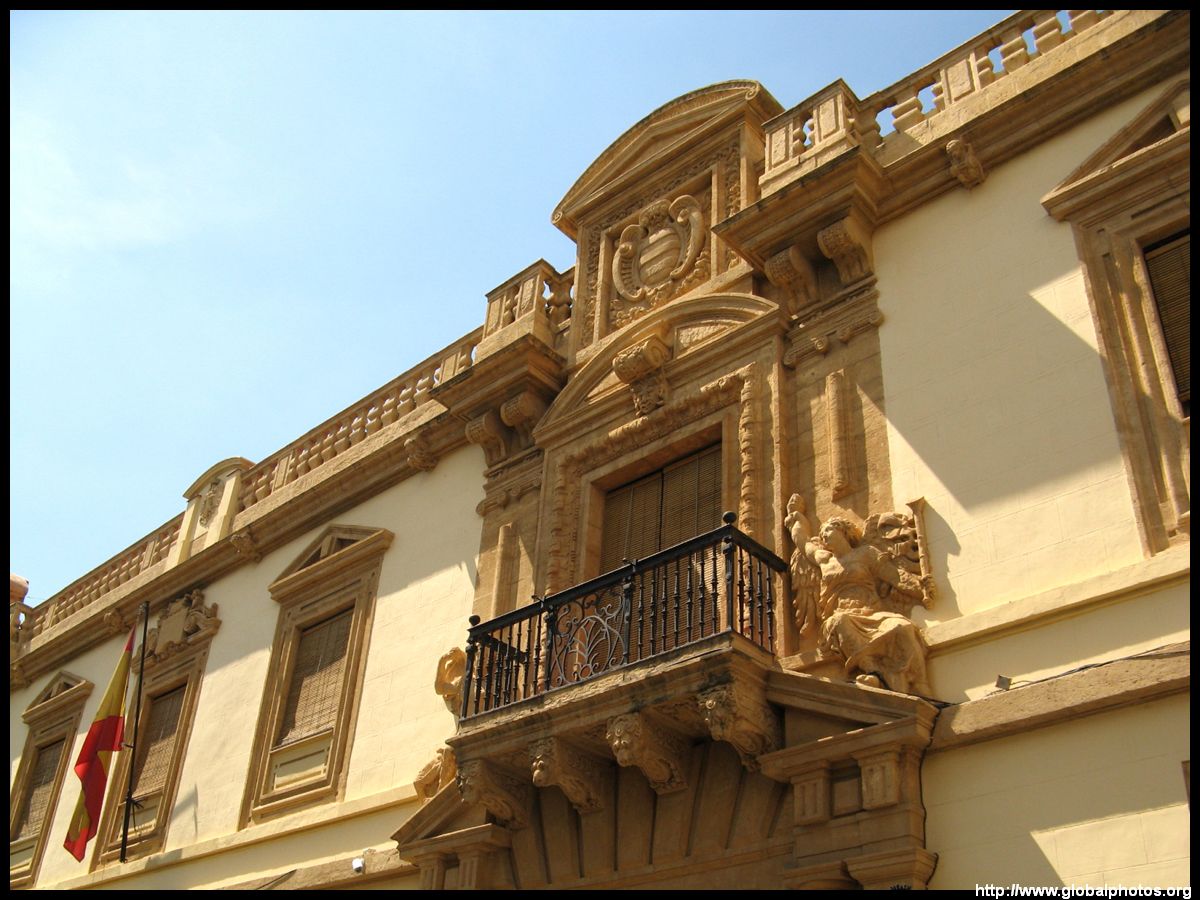
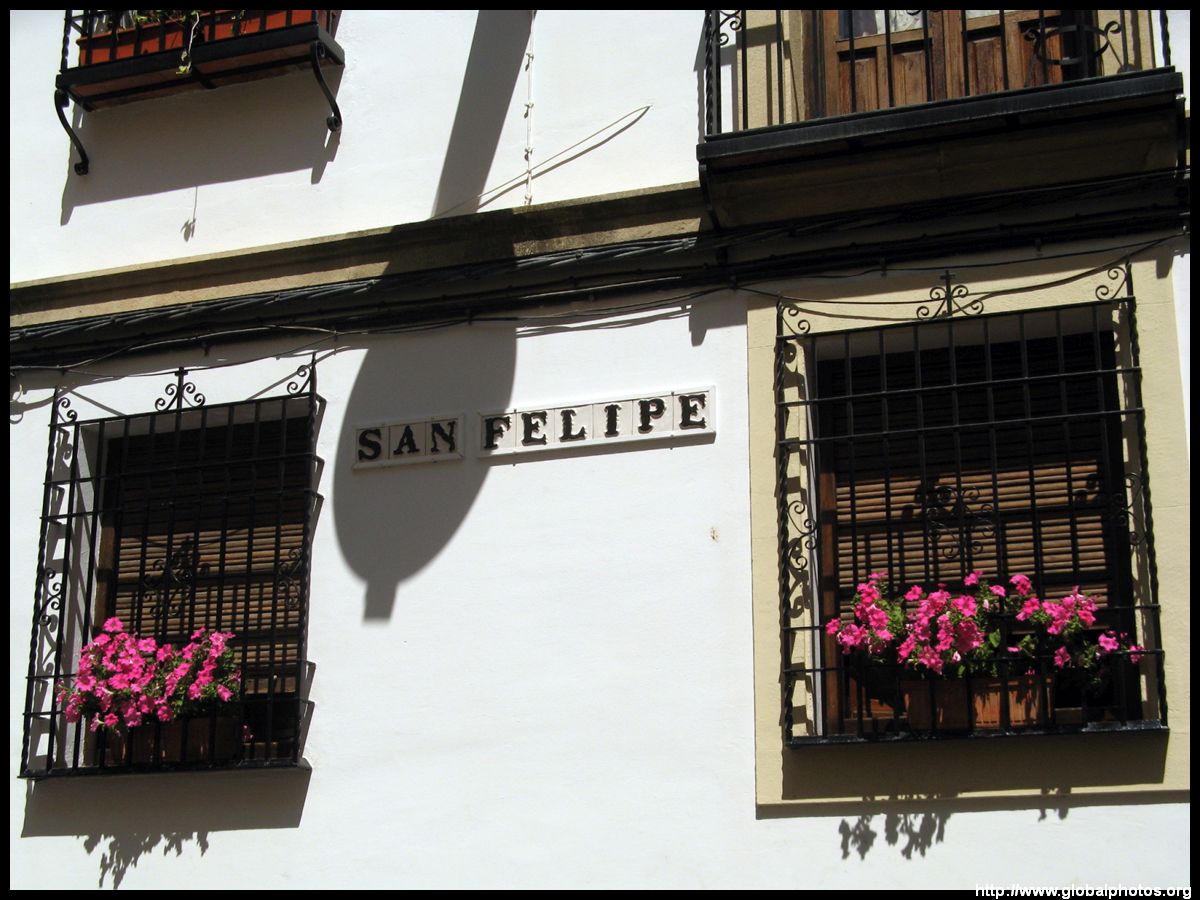
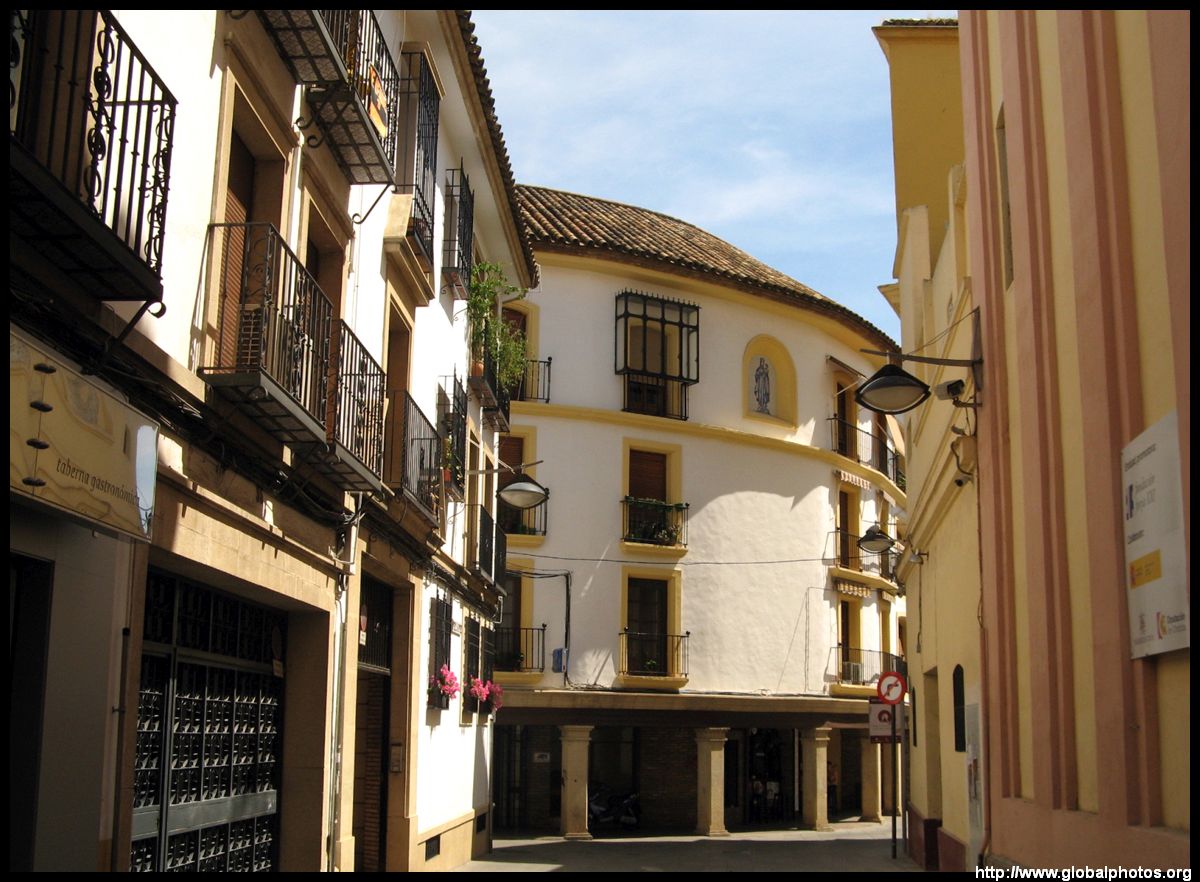

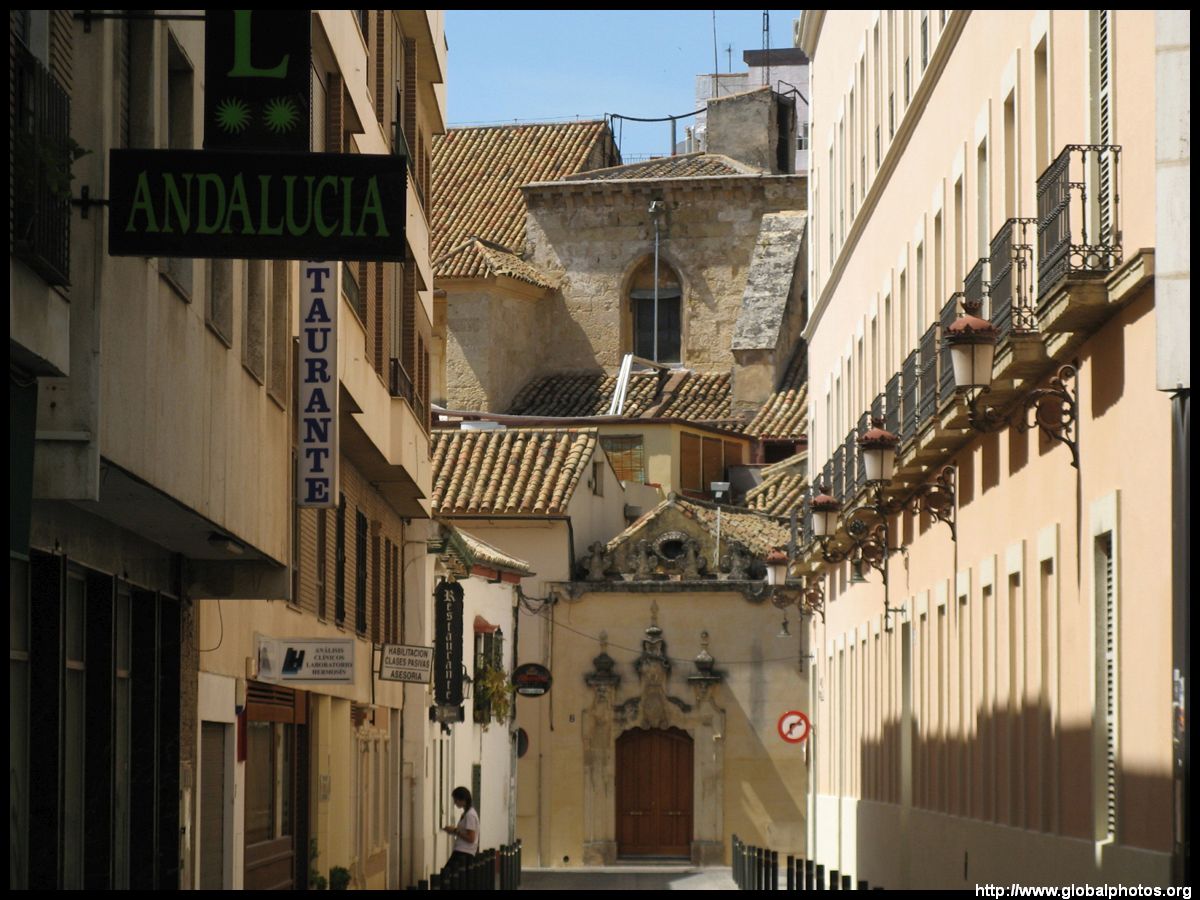

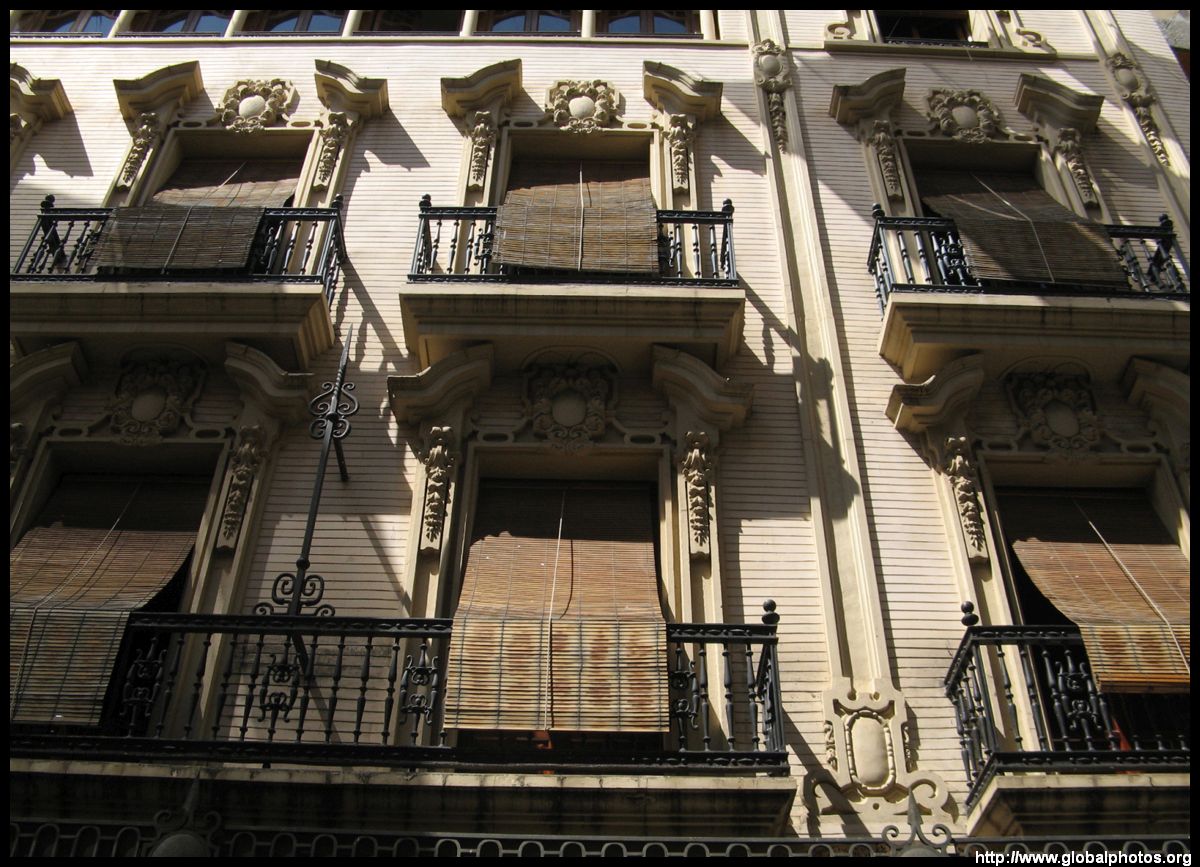
The Royal Collegiate Church of San Hipólito was completed in 1726, although this church's history dates back to the 1340s as a monastery and royal pantheon.


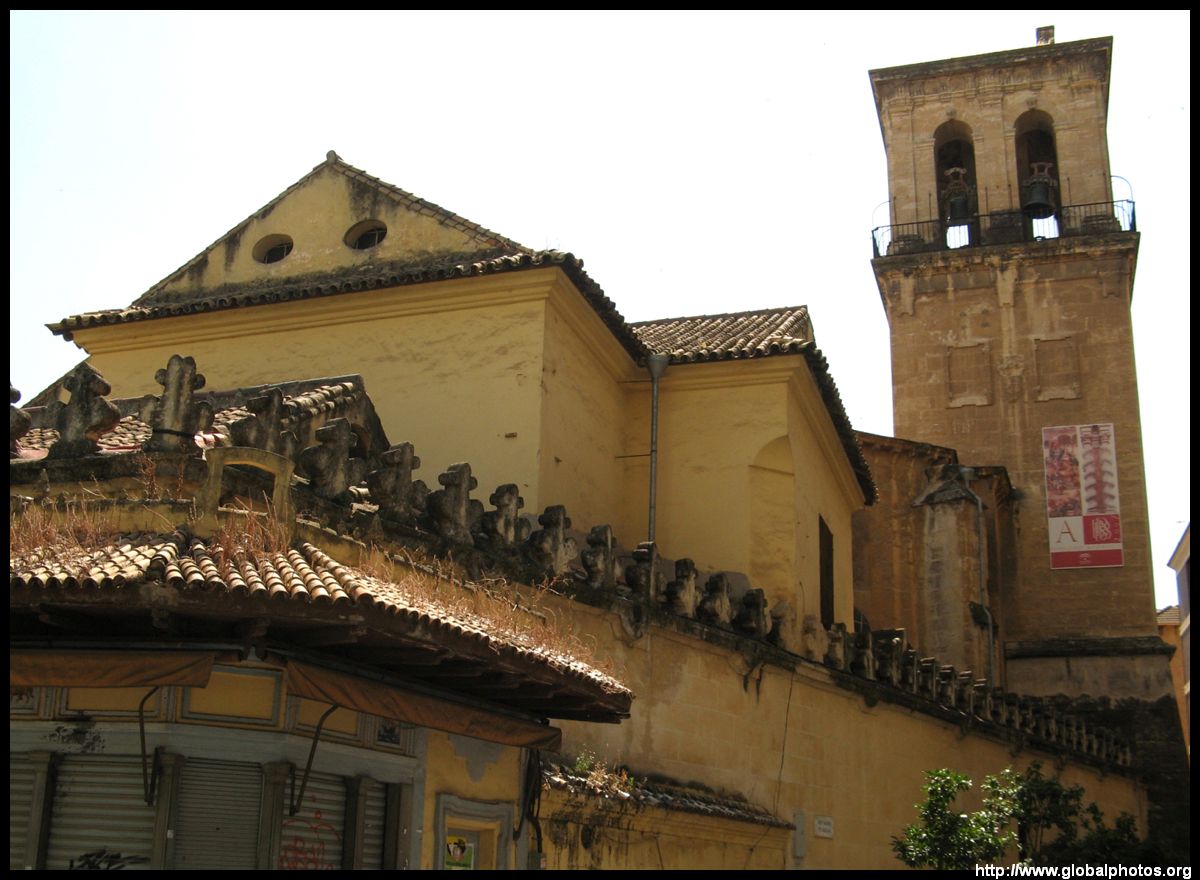
Discovered in 1993, the cylindrical Roman Mausoleums date from the 1st century AD and were built by the wealthy families of the time.

Torre de la Malmuerta, meaning "she who has died badly", was believed to have been named after a noble lady that was murdered by her crazy and jealous husband. The tower was built in the 15th century and joined to the city walls by an arch.

Iglesia de Santa Marina is the largest church in the city. Construction began in the late 13th century with additions and renovations in subsequent centuries.
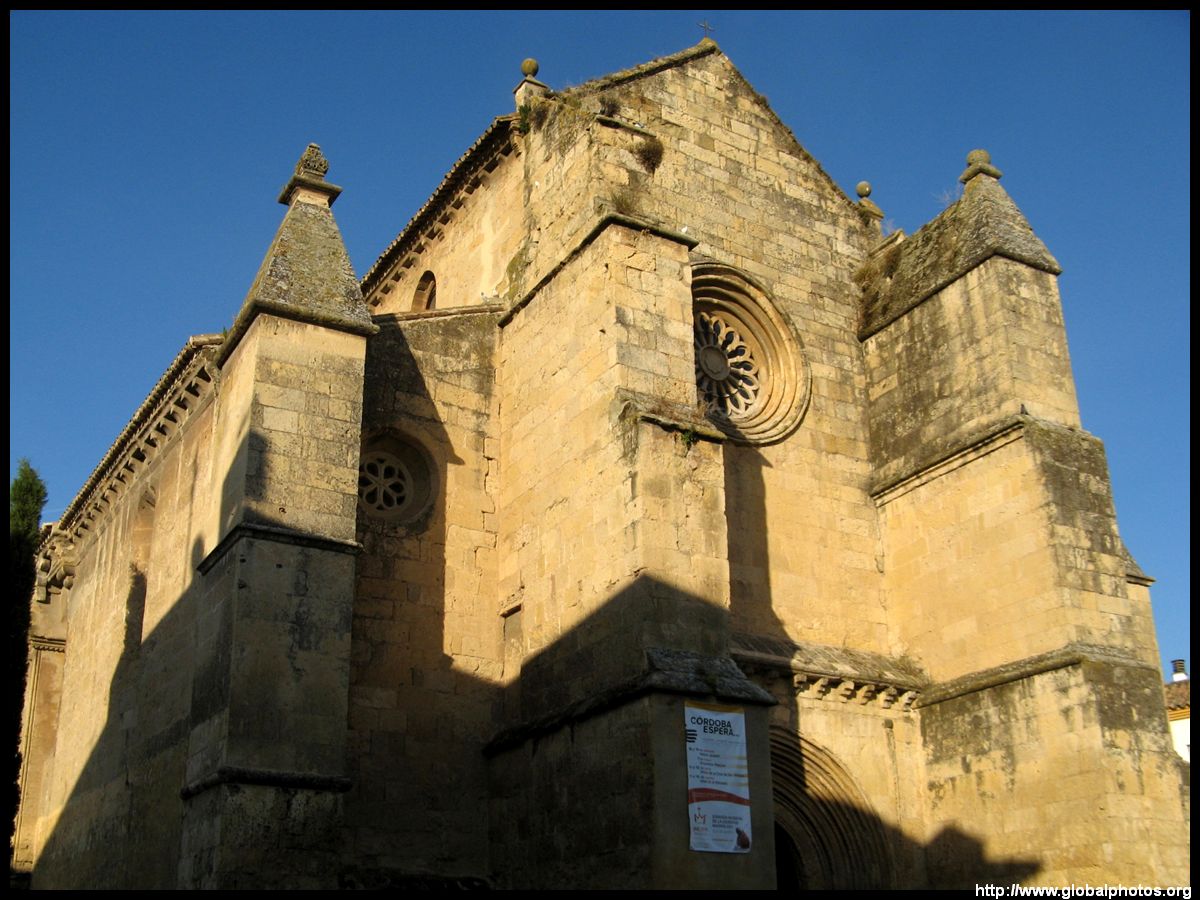


Even past 8pm, the sun could still reach the lowrise houses. I would enjoy long walking tours throughout my trip across Spain.
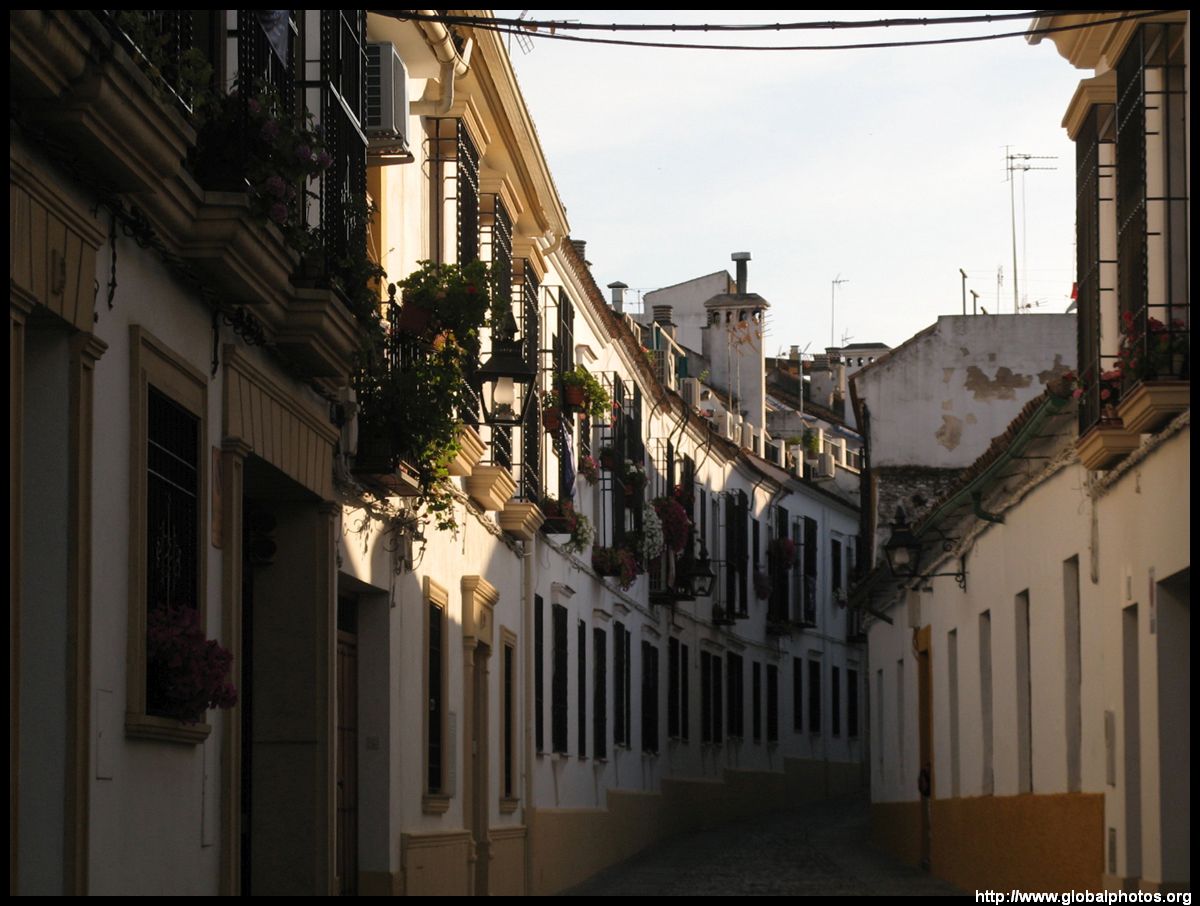
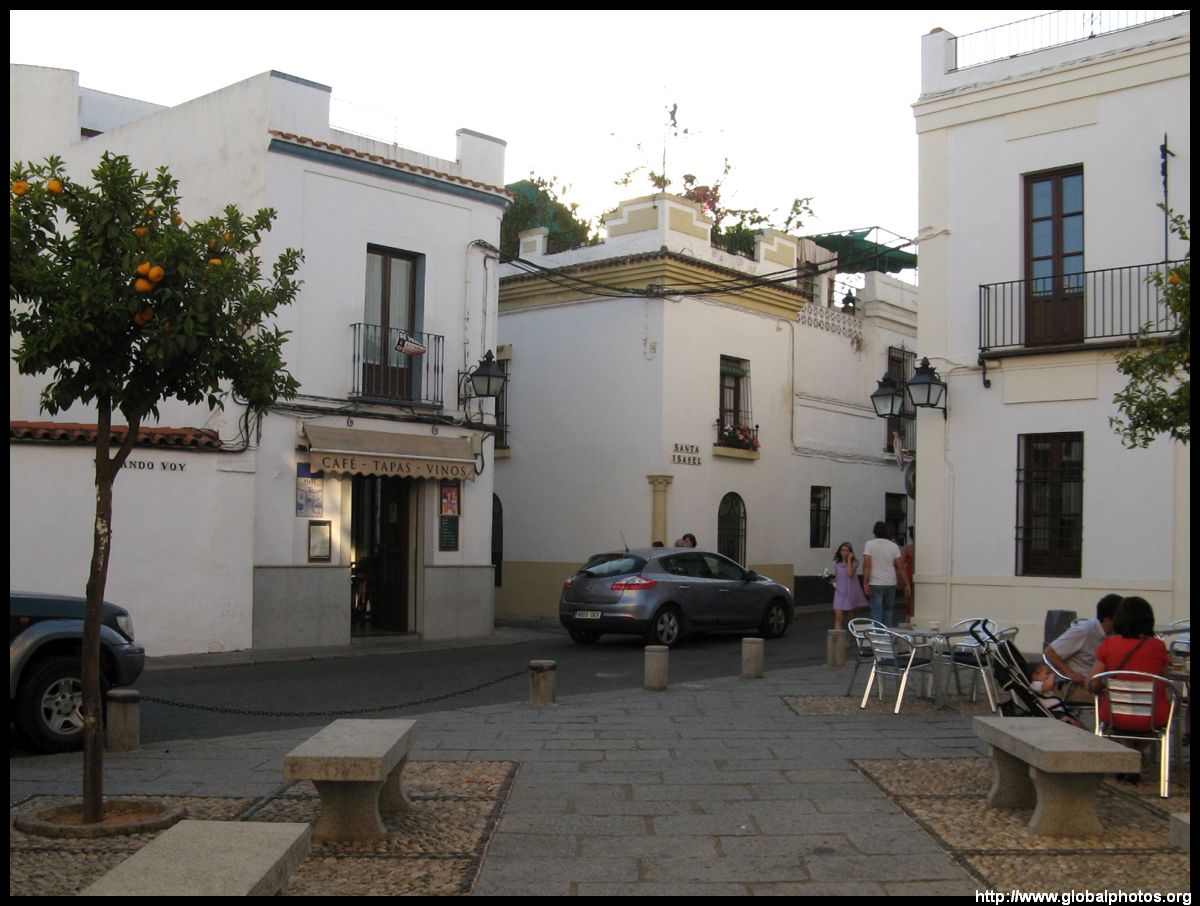
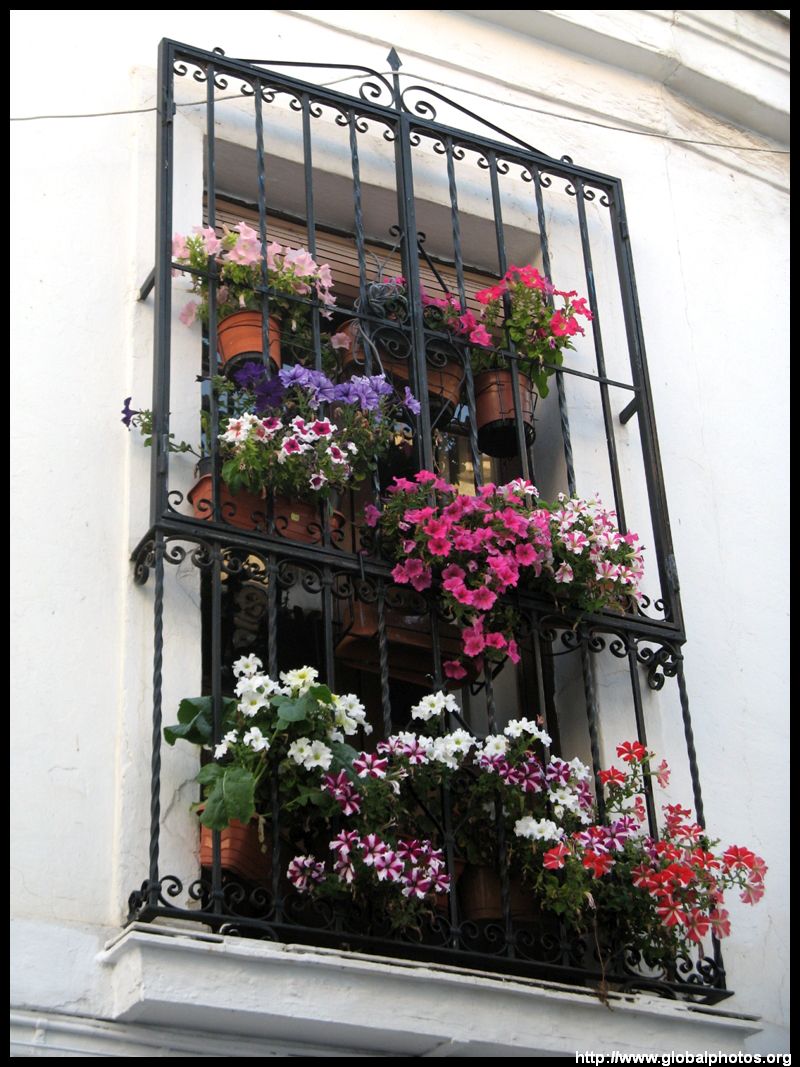

Plaza de Capuchinos looks plain and white, which makes the statue of Christ of the Lanterns stand out.
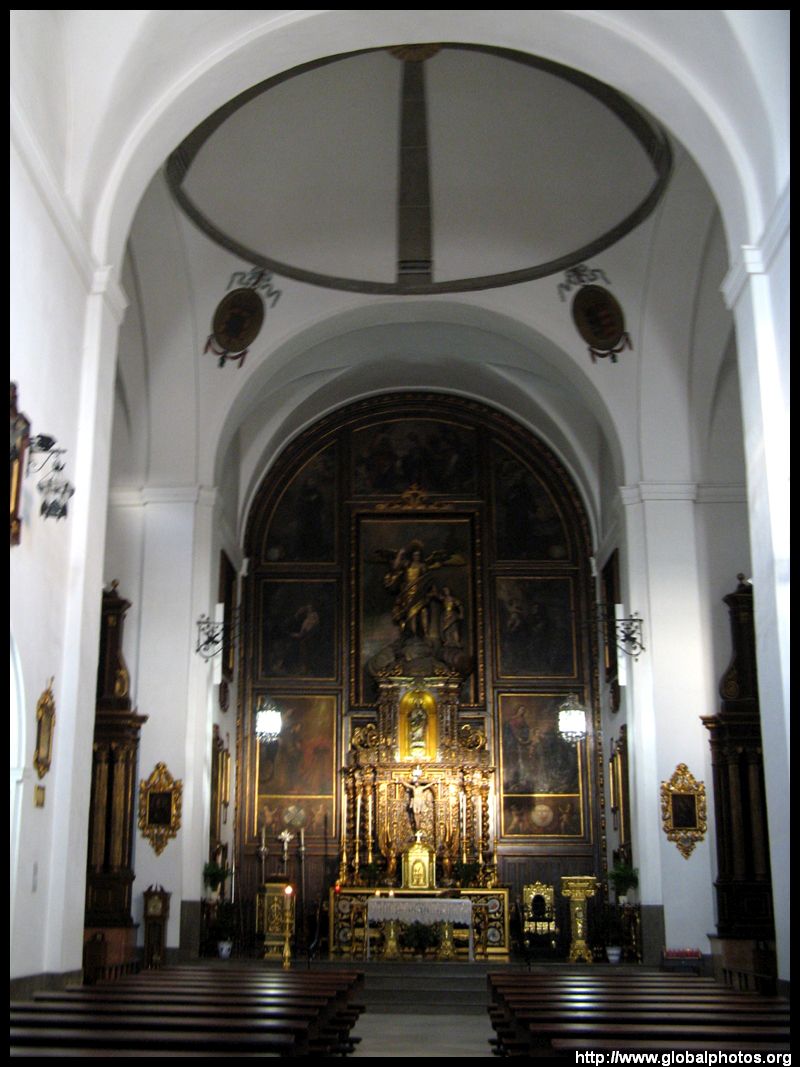



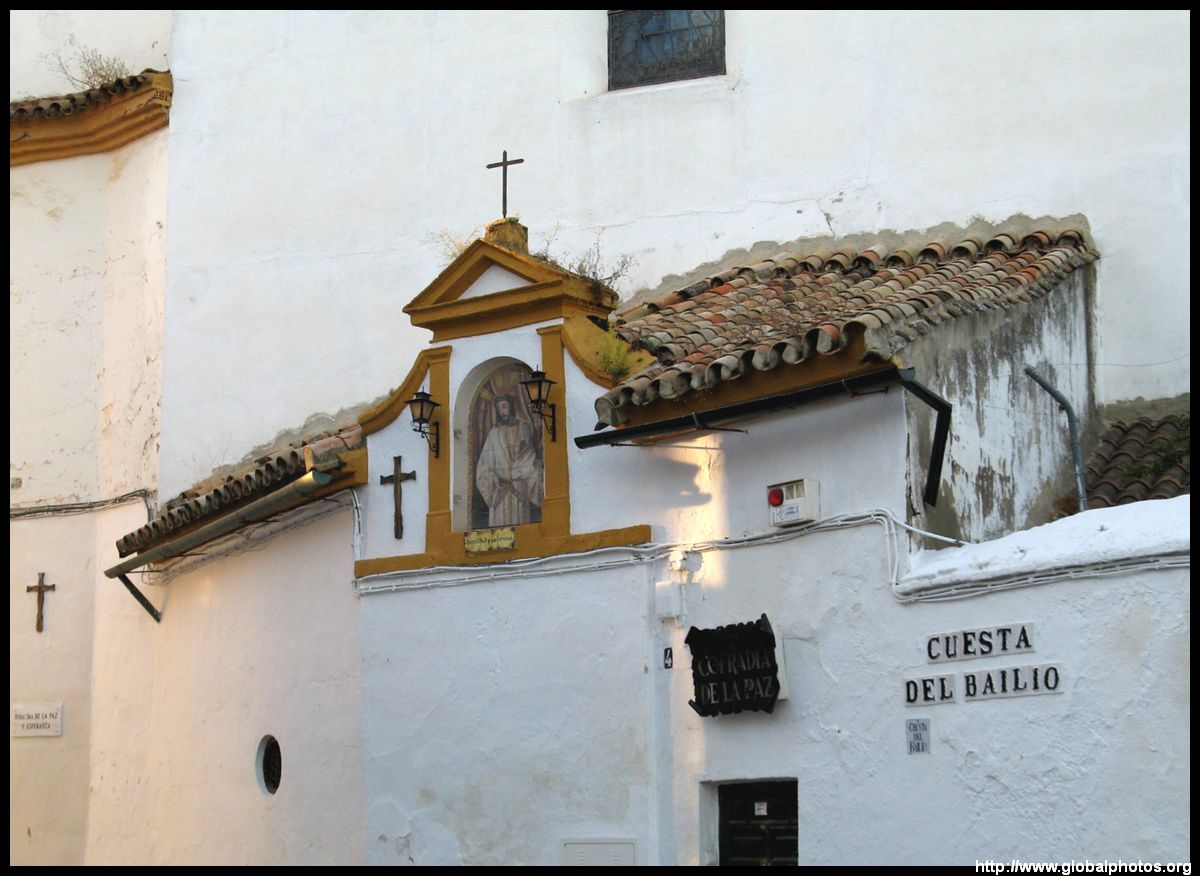

Just a few blocks away, the quaint and leafy Plaza del Cardenal Toledo is a good place for a short break.

